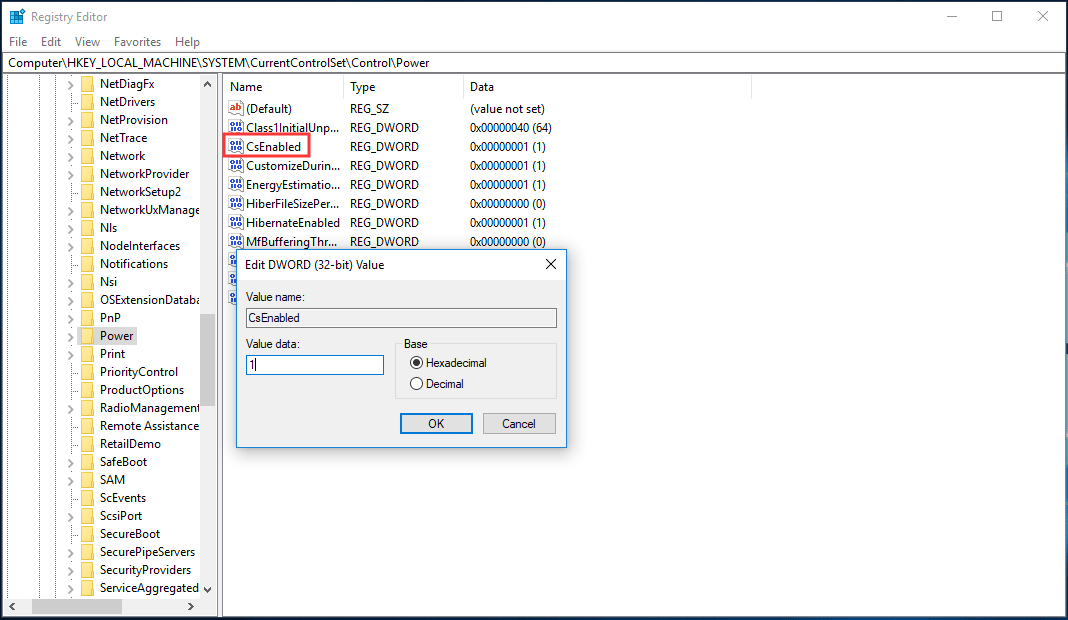

OpenVPN Articlesįor additional documentation, see the articles page and the OpenVPN wiki. The original OpenVPN 1.x HOWTO is still available, and remains relevant for point-to-point or static-key configurations. Please take a look at the OpenVPN books page. This HOWTO assumes that readers possess a prior understanding of basic networking concepts such as IP addresses, DNS names, netmasks, subnets, IP routing, routers, network interfaces, LANs, gateways, and firewall rules. The impatient may wish to jump straight to the sample configuration files:

Connecting to an OpenVPN server via an HTTP proxy.Running an OpenVPN server on a dynamic IP address.Routing all client traffic (including web-traffic) through the VPN.How to add dual-factor authentication to an OpenVPN configuration using client-side smart cards.Using alternative authentication methods.


OpenVPN is not a web application proxy and does not operate through a web browser. OpenVPN is a full-featured SSL VPN which implements OSI layer 2 or 3 secure network extension using the industry standard SSL/TLS protocol, supports flexible client authentication methods based on certificates, smart cards, and/or username/password credentials, and allows user or group-specific access control policies using firewall rules applied to the VPN virtual interface.


 0 kommentar(er)
0 kommentar(er)
